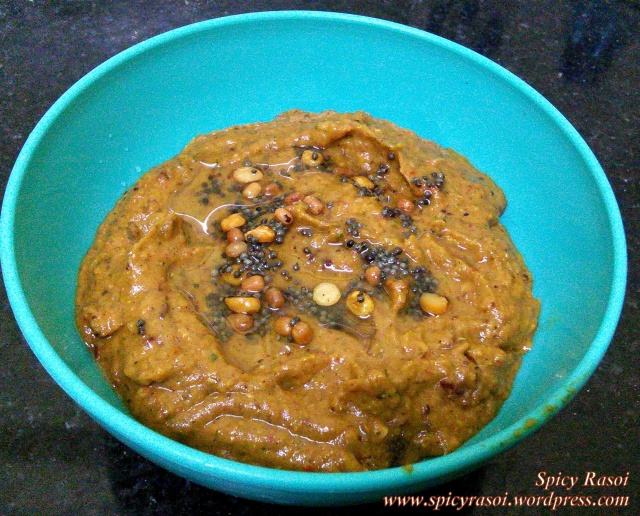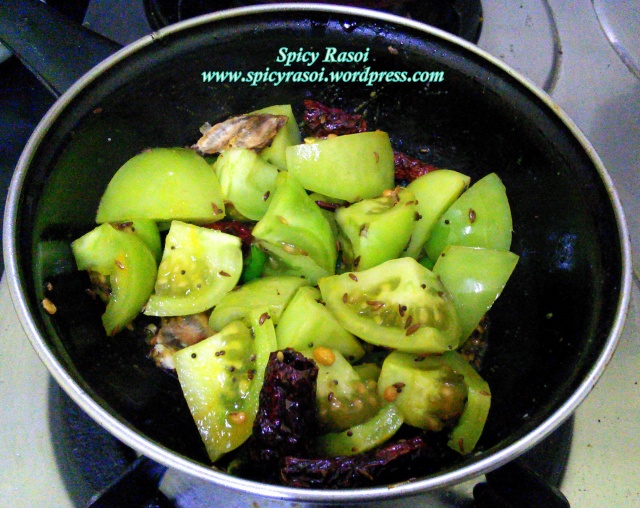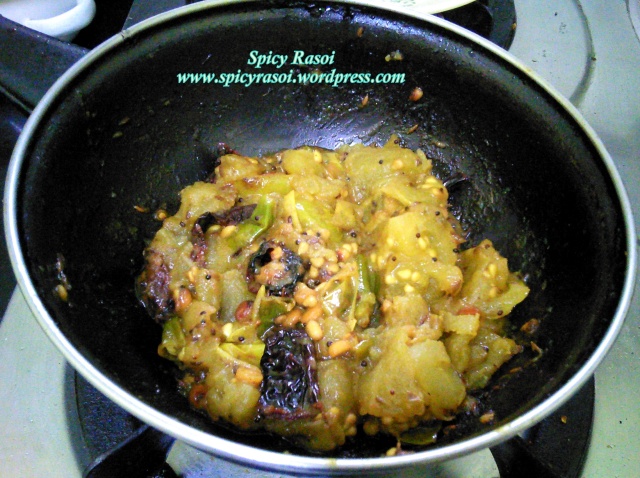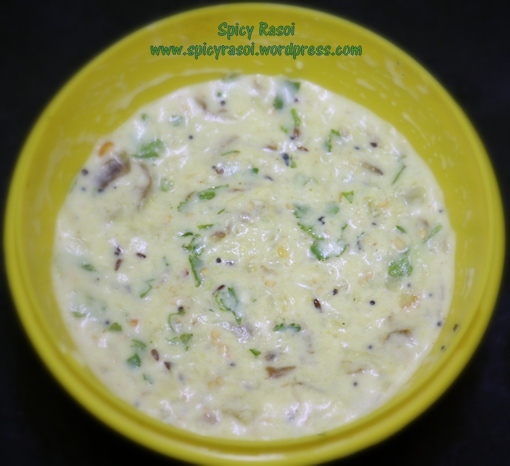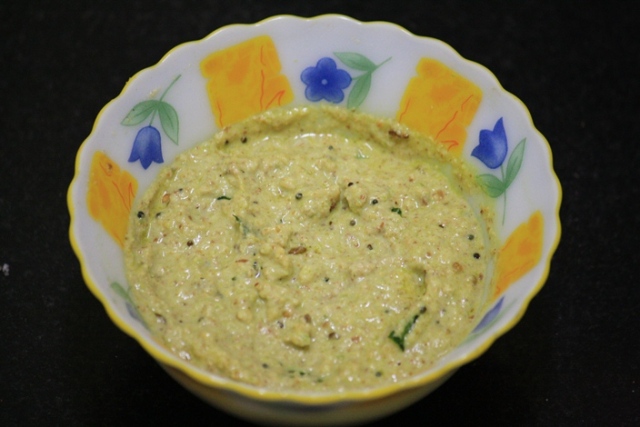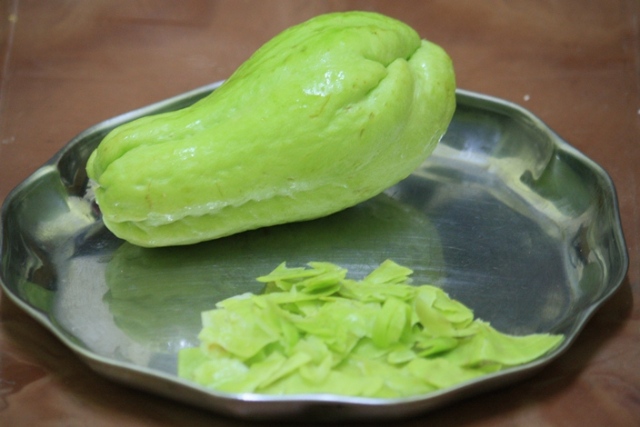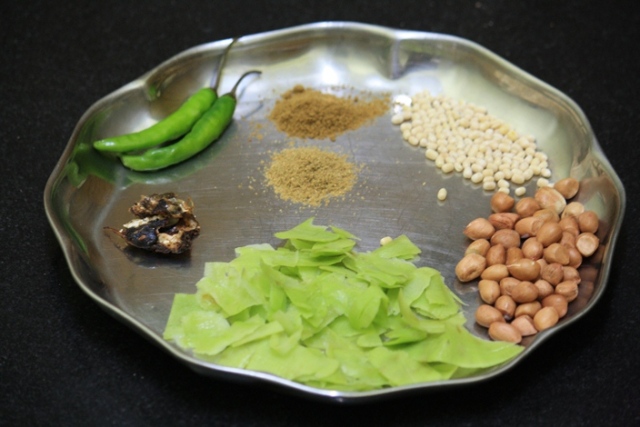Preparation time: 10 mins
Cooking time: 20 mins
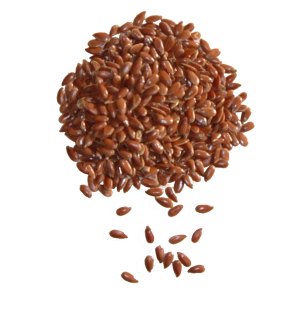 Health benefits of Flax seeds: Although flaxseed is being used from ancient times in India, it has recently gained recognition all over the world. It is being used in all kinds of foods, from crackers to energy-bars to oatmeal. Though flaxseed contains all sorts of healthy components and it owes its healthy reputation primarily to three ingredients: Omega-3 essential fatty acids, (“good fats” which are very hard to find in vegetarian foods) Lignans, (which lower risk of breast cancer and also act as antioxidants) and Fiber. The presence of Lignans helps in female hormonal balance also making it one of the best fertility super-foods.
Health benefits of Flax seeds: Although flaxseed is being used from ancient times in India, it has recently gained recognition all over the world. It is being used in all kinds of foods, from crackers to energy-bars to oatmeal. Though flaxseed contains all sorts of healthy components and it owes its healthy reputation primarily to three ingredients: Omega-3 essential fatty acids, (“good fats” which are very hard to find in vegetarian foods) Lignans, (which lower risk of breast cancer and also act as antioxidants) and Fiber. The presence of Lignans helps in female hormonal balance also making it one of the best fertility super-foods.
Flaxseed can be used whole, ground, or in oil forms. However, the benefits of flax seeds are only released when the seeds are ground. The recommended daily amount of flaxseed is approximately 1-2 tablespoons of ground flaxseed. Flaxseed can be consumed by sprinkling over oatmeal or a salad, or blending into a smoothie.
 Health benefits of Horsegram: Known as Uluvalu (Telugu), Kollu (Tamil) Kulti/Kulatha (Hindi) is known to have many therapeutic effects and is used in Ayurveda medicine for treating many conditions. Horse Gram is a class of food which is highly nutritious and considered as a food from the balanced diet category.
Health benefits of Horsegram: Known as Uluvalu (Telugu), Kollu (Tamil) Kulti/Kulatha (Hindi) is known to have many therapeutic effects and is used in Ayurveda medicine for treating many conditions. Horse Gram is a class of food which is highly nutritious and considered as a food from the balanced diet category.
It is rich in iron, calcium molybdenum, polyphenols which have high antioxidant capacity, and hemagluttinin which is a substance found in antibodies and autoimmune functions. Horse gram is considered to have curative properties in helping with kidney stones, menstruation problems, weight reduction, regulating blood pressure, lowering cholesterol, stomach pain and sore throat.
Horsegram can be consumed in the form of soup, sprouts, or cooked like any other lentil. It should not be eaten by pregnant women as it would reduce milk production.
I have found chutney podi/ chutney powder to be the best way to include these two super foods in regular diet. This powder goes well with idli, dosa, or upma or cab be used as salad seasoning . You also can mix 2 spoons of the powder with oil/ghee/thick curd and serve with roti/rice/dosa
Ingredients:
Flax Seeds – 1 cup
Horse Gram – 1 cup
Peanuts – 1/2 cup
Sesame Seeds – 1/4 cup
Urad Dal – 1/2 cup
Jeera/Cumin Seeds – 2 Tbsp.
Dry Red Chillies – 15 No’s
Curry Leaves – 1 cup
Tamarind – 2 Tsp.
Sugar – 2 Tbsp.
Salt – 2 Tsp.
Hing – 1/4 Tsp.

Method:
1. In a kadai, add 2 drops of oil and dry roast peanuts on low flame till the skin turns dark brown and then remove on to a plate.
2. Now add urad dal and horse gram and roast by constantly stirring till the grams turn slightly brown. Remove on to a plate.
3. Next roast jeera, flax seeds and sesame seeds together. If the seeds start to jump, cover the kadai with a lid and keep stirring in between. Roast till the seeds sesame seeds turn slightly brown and remove onto a plate for cooling.
4. Roast dry red chillies and curry leaves separately for about 1 minute each.
5. Grind all the roasted ingredients along with tamarind, sugar, salt and hing to a powder.


6. Let the powder cool. Transfer into an air tight container.
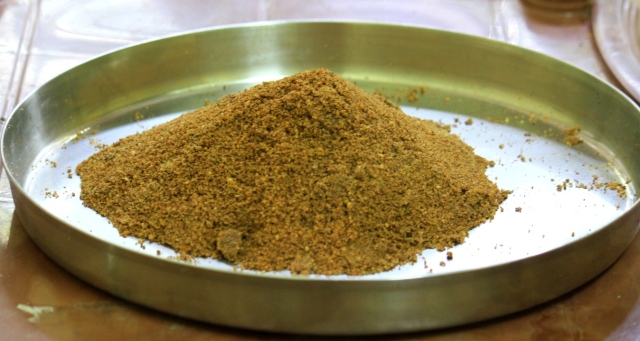
7. Serve with rice, rotis, idli, dosa or upma.
Do let me know if you like it !!

